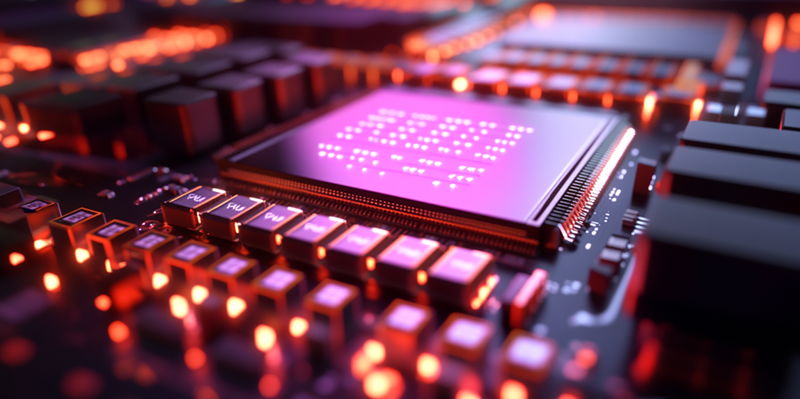In a groundbreaking development, AMD has achieved an impressive milestone by overtaking Intel in quarterly data center revenue for the first time, as revealed in their respective earnings reports. AMD’s Q3 2024 revenue from data centers amounted to $3.549 billion, surpassing Intel’s $3.3 billion. This remarkable feat is particularly noteworthy considering Intel’s historical dominance in the data center sector. The shift signifies a changing landscape in the industry, driven significantly by the increasing adoption of AMD’s EPYC CPUs, praised for their superior performance-to-cost ratio in comparison to Intel’s Xeon processors. While Intel’s processors are traditionally known for their higher raw performance, the market’s preference appears to be shifting towards AMD’s more cost-effective solutions.
The detailed earnings reports also highlighted Intel’s broader financial struggles, which include a noticeable downturn in AI-related revenue and an overall decline in business revenue. This decline starkly contrasts with the aggressive multi-billion-dollar targets set by AMD and other competitors like NVIDIA. Despite AMD’s competitive edge in the data center market, Intel is poised to respond with its forthcoming Granite Rapids processors. These new processors are anticipated to surpass AMD’s current offerings, especially in AI inferencing and high-performance computing (HPC) applications. Intel’s upcoming releases signal their intent to reclaim their market position and cater to the growing demand for advanced data center solutions.
Summarizing the situation, the competitive landscape within the data center market is clearly evolving, with AMD making significant inroads against Intel, which faces both financial and performance-related challenges. However, the competition remains dynamic and far from settled. With Intel preparing to introduce new, more powerful processors that promise advanced capabilities, the market could witness another shift. This trend underscores the fluid nature of technological advancements and the fierce competition between leading industry players, each striving to meet the increasing demands of modern data centers.

